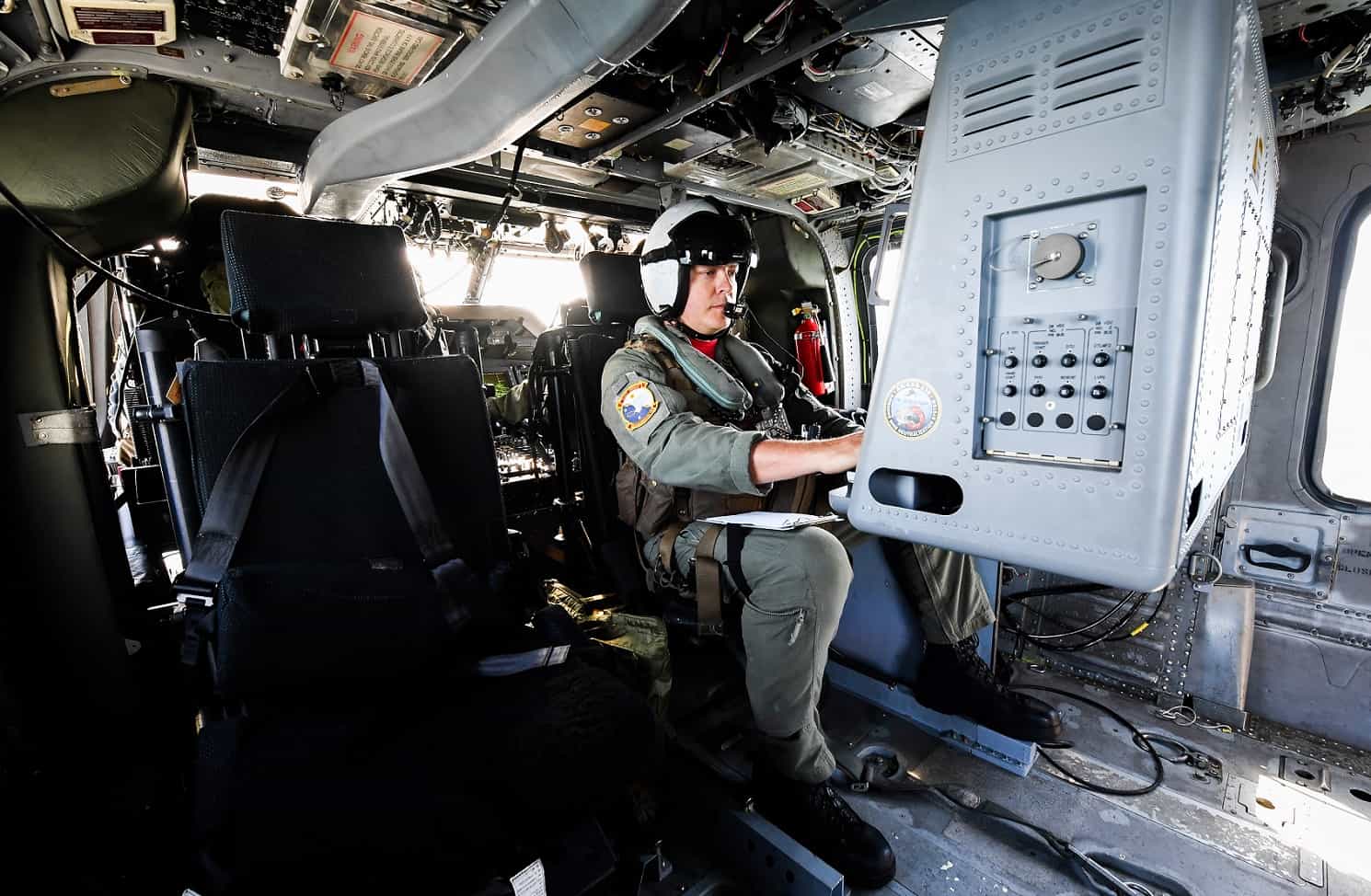U.S. Navy uses modern airborne laser mine detection system during BALTOPS 2019
Posted on
MH-60S Sea Hawk helicopters assigned to Helicopter Sea Combat Squadron (HSC) 28 take part in the exercise Baltic Operations (BALTOPS) 2019.
According to the U.S. Navy, the squadrons used the modern Airborne Laser Mine Detection System (ALMDS) and the Airborne Mine Neutralization System (AMNS) for the first time in the Baltic Sea and the Naval Forces Europe area of operations.
The ALMDS uses pulsed laser light and streak tube receivers housed in an external equipment pod to image the entire near-surface volume potentially containing mines. ALMDS is capable of day or night operations without stopping to stream out or recover equipment and without towing any equipment in the water. With unteathered operations, it can attain high area search rates.
This design uses the forward motion of the aircraft to generate image data negating the requirement for complex scanning mechanisms and ensuring high system reliability. ALMDS also provides accurate target geo-location to support follow on neutralization of the detected mines.
The ALMDS pod is mechanically attached to the MH-60S with a standard Bomb Rack Unit 14 (BRU-14) mount and electrically via a primary and auxiliary umbilical cable to the operator console. Data is stored on a mass memory unit for post mission analysis. The operator’s consol is common to all MH-60S AMCM systems.
The squadrons use of the are a first in the Baltic Sea and the Naval Forces Europe area of operations. BALTOPS is the premier annual maritime-focused exercise in the Baltic Region, marking the 47th year of one of the largest exercises in Northern Europe enhancing flexibility and interoperability among allied and partner nations.


Subscribe to our newsletter
Promotions, new products and sales. Directly to your inbox.
